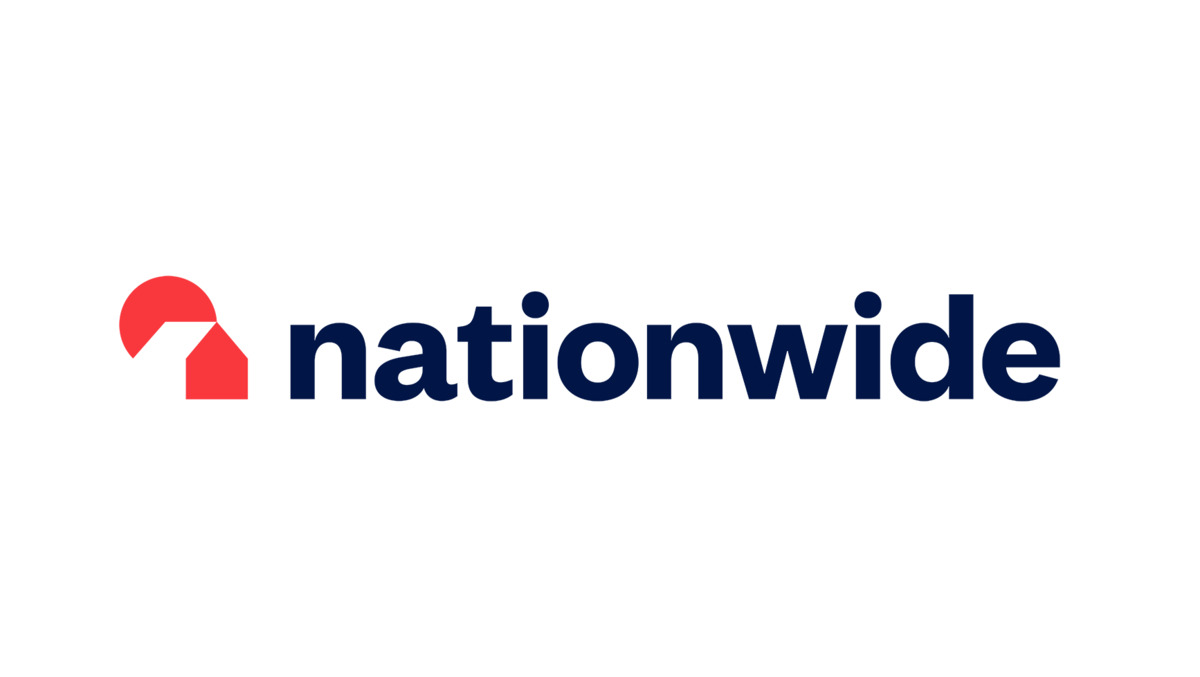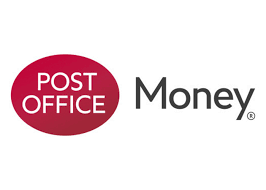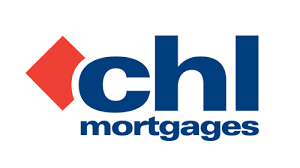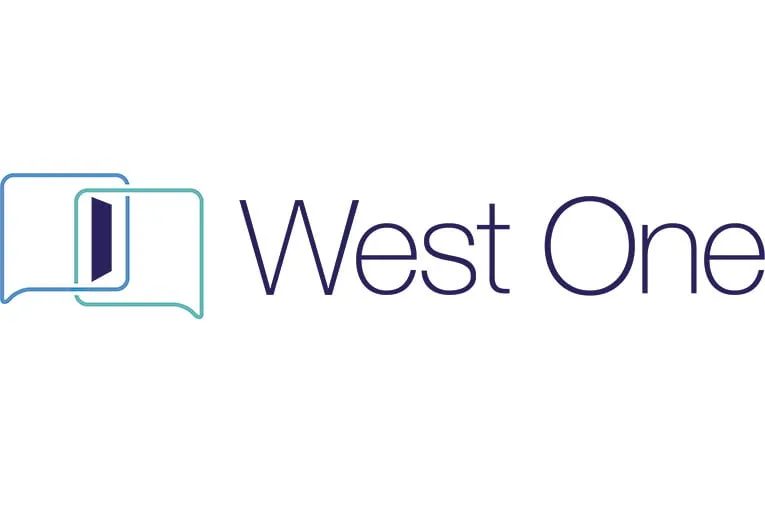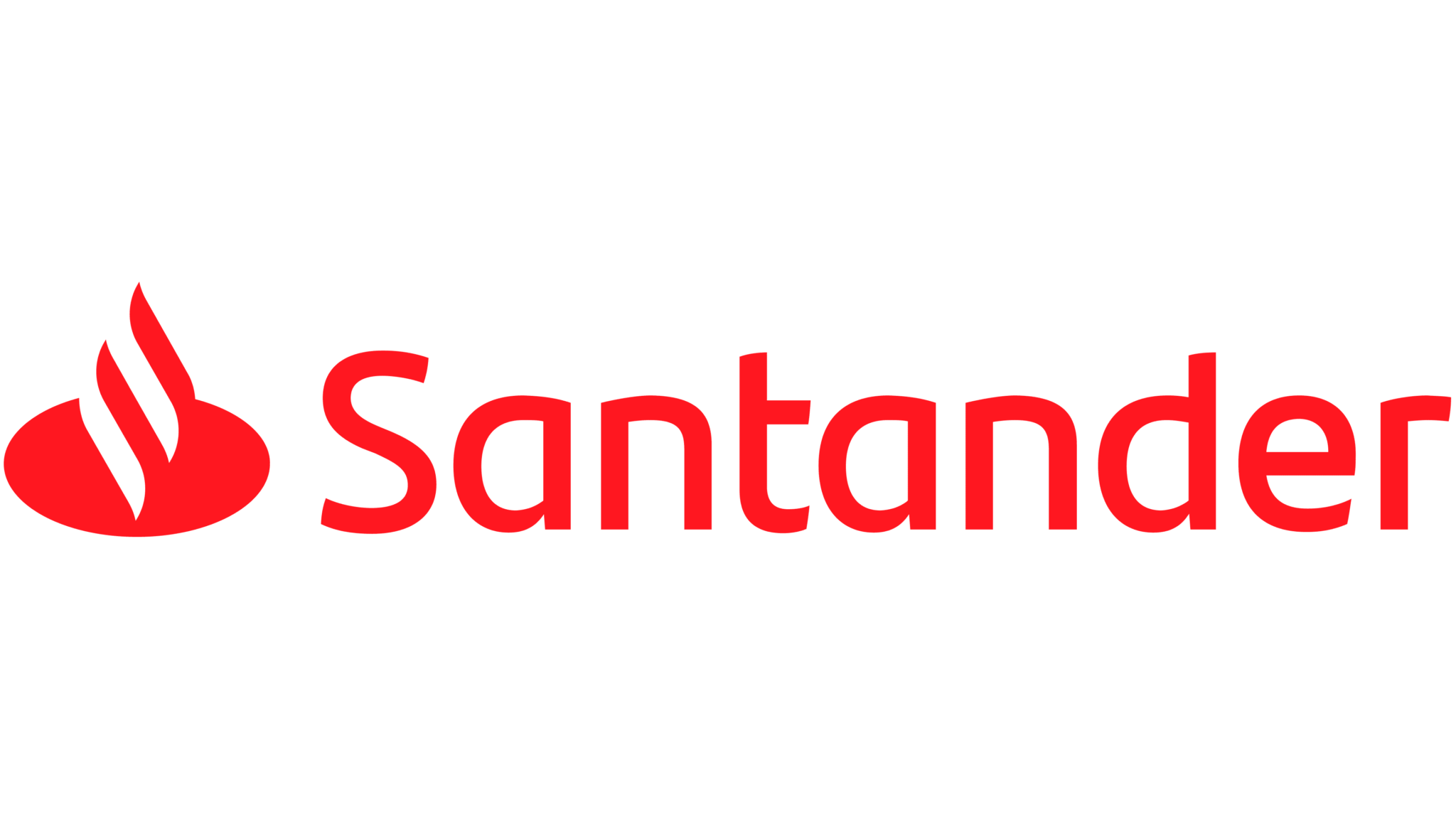An interest-only buy-to-let mortgage is a popular choice among landlords, allowing them to keep monthly payments low by paying only the interest during the mortgage term. Buy to let interest rates play a crucial role in determining the affordability and attractiveness of these mortgages, as they directly impact borrowing costs and overall returns.
This type of mortgage can be financially advantageous, especially for property investors focused on maximising rental yield. Landlords typically choose interest-only buy-to-let mortgages because they are less expensive and are usually covered by rental income. However, most buy-to-let mortgages require higher fees than standard residential mortgages, which landlords should consider when planning their investments.
Most buy-to-let mortgages are interest-only, making them a common option in the rental property market, and current rates offered by lenders can influence the decision to choose an interest-only buy-to-let mortgage. In this article, we’ll cover everything you need to know about interest-only buy-to-let mortgages, including benefits, potential drawbacks, the mortgage process, and which lenders are offering these products.
What is an Interest-Only Buy-to-Let Mortgage?
An interest-only buy-to-let mortgage is designed specifically for landlords purchasing a rental property. With an interest-only mortgage, monthly repayments cover only the interest accrued on the loan, while the capital (principal) remains untouched. At the end of the mortgage term, the landlord will need to repay all the capital borrowed, often as a lump sum.
This means the full amount of the loan must be settled at the end of the term, typically using savings, property sale proceeds, or other investments. When the mortgage ends, you still owe 100% of the money you borrowed with an interest-only mortgage. Over the life of the loan, you will pay more interest compared to a repayment mortgage, since the principal is not reduced during the term.
With an interest-only mortgage, you’ll need to pay off the outstanding balance once your mortgage term comes to an end. Landlords should also have savings to cover periods when their property is unlet to avoid defaulting on monthly payments.
Why Choose an Interest-Only Buy-to-Let Mortgage?
Lower Monthly Mortgage Payments: Since only the interest is paid each month, landlords benefit from lower monthly mortgage payments compared to a repayment mortgage. Monthly payments on an interest-only buy-to-let mortgage are cheaper than a repayment mortgage of the same value, making budgeting easier.
This allows for higher cash flow from rental income, which is often reinvested or used to expand the property portfolio. Many landlords choose to finance their investments with interest-only mortgages because the monthly outgoings are lower, covered by rental income. Interest rates on these mortgages are often influenced by the bank’s base rate, which can affect the overall cost of borrowing.
Improved Rental Yield: By keeping monthly payments low, landlords can achieve a higher net rental yield, maximising profits. This is particularly beneficial for those looking to generate positive cash flow from multiple properties. A larger deposit can also help secure lower rates from lenders, further improving profitability.
Flexibility for Property Investors: Interest-only mortgages provide flexibility, especially for those aiming to hold the property short-term, renovate it, or sell it at a profit before the mortgage term ends. Opting for a fixed rate mortgage can also provide stability in monthly mortgage payments, protecting landlords from interest rate fluctuations during the fixed term.
Tax Efficiency: For higher-rate taxpayers, the tax treatment of interest payments on a buy-to-let property can be beneficial, though this benefit has decreased with recent tax relief changes.
Additional Costs: Purchasing a buy-to-let property entails both potential rental income and costs including maintenance and legal fees, which landlords should factor into their financial planning.
Drawbacks of Interest-Only Buy-to-Let Mortgages
Repayment Requirement at Term End: The most significant risk is the need to repay the principal at the end of the mortgage term. Landlords must have a repayment plan in place, whether through savings, selling the property, or other investments. Relying on selling the property to pay off the mortgage can be risky, as market conditions may not always be favorable and the property’s value could decline. Buy-to-let investors often sell their rental property to pay off an interest-only mortgage.
Higher Total Interest Over Time: While monthly payments are lower, the total interest paid over the mortgage term is generally higher compared to a repayment mortgage. This is due to the fact that the principal remains unpaid and accrues interest throughout the term. With a repayment mortgage, you pay off both the interest and the capital, reducing the risk of a large balance at the end of the term.
Property Market Risks: If property values fall, there is a risk that the property sale proceeds might not be enough to cover the principal repayment. If the property’s value drops, you may have to make up the difference out of your own pocket when paying off an interest-only mortgage. Landlords relying on property sales should be cautious about market fluctuations.
Limited Lender Choice: Fewer lenders offer interest-only options compared to standard repayment mortgages. As a result, landlords may face higher rates or more stringent eligibility criteria.
Unexpected Repair Costs: Landlords must be prepared for potential repair costs that are not covered by insurance, which can impact their financial planning.
Why Work with Option Finance for Self Employed Mortgages?
At Option Finance, we specialise in mortgages for complex credit scenarios. Our team works with all major bad credit lenders and has access to exclusive deals that aren’t available on the high street.
Understanding one’s credit report from a credit reference agency can help in securing a mortgage.
Over 20 years of experience
Full market access to specialist lenders
Fast, honest, and personalised mortgage advice
Expert help with complex or recent credit issues
Showing our favourite reviews
Always attentive, helpful and efficient
Jonathan, 27 Jan 2025
Best Mortgage Broker in the UK!
Liam, 26 Nov 2024
Ben was really helpful in helping me…
George, 28 Aug 2024
Buy-to-Let Property Investment: The Bigger Picture
When considering buy-to-let property investment, it’s important to look beyond just the initial purchase and mortgage. Investing in a buy to let property can offer a reliable source of rental income, helping to supplement your earnings or build long-term wealth. Over time, there’s also the potential for capital growth if the property value increases, making it a popular strategy for those seeking both income and investment returns.
However, successful buy-to-let investment requires careful planning. You’ll need to factor in the upfront costs, such as the deposit and stamp duty, as well as ongoing expenses like maintenance, insurance, and periods when the property may be vacant. The terms and interest rates of your buy to let mortgage will depend on your financial situation, the lender’s criteria, and the type of property you’re purchasing.
Consulting a mortgage adviser can help you navigate the various buy to let mortgage options, compare interest rates, and ensure your investment aligns with your goals and risk appetite. Ultimately, understanding the bigger picture will help you make informed decisions and maximise the benefits of renting out a property.
How Much Deposit is Needed for an Interest-Only Buy-to-Let Mortgage?
The deposit required for an interest-only buy-to-let mortgage is a key factor in determining your borrowing power and the overall cost of your investment. Most lenders will ask for a minimum deposit of 25% of the property’s value, but some may require a larger deposit. This could be up to 40% or more, especially if you’re seeking the most competitive interest rates or have a less-than-perfect credit history.
A larger deposit can work in your favour by securing a lower interest rate, which means your monthly payments will be lower and you’ll pay less in interest over the life of the mortgage. However, it also means committing more of your own money upfront.
When considering how much to borrow, it’s important to balance the size of your deposit with your ongoing interest payments and monthly payments, as well as your overall investment strategy. Comparing offers from different lenders can help you find the right deal for your financial situation and ensure your buy to let mortgage is both affordable and sustainable.
Ready to Take the First Step?
Whether you’re a first-time buyer, remortgaging, or moving home, bad credit doesn’t have to hold you back.
Understanding credit scoring can help you prepare for a mortgage application. You can speak to one of our specialist mortgage brokers who would be able to guide you through the process. They will advise if there is a lender available and the maximum loan amount based on your circumstances. We are a whole of market mortgage brokerage with access to all lenders.
The Process of Getting an Interest-Only Buy-to-Let Mortgage
Assessing Eligibility and Deposit Requirements:
Most mortgage lenders require a minimum deposit of 25% for interest-only buy-to-let mortgages, though some may ask for more. To access the best buy-to-let mortgage rates, you’ll usually need a deposit of 40% or more. A solid credit history, steady income, and sufficient rental income are also essential. The borrowing capacity is stressed against the rental income achieved by the property. Reviewing your current deal is important before applying for a new mortgage or remortgage, as it helps you understand your existing terms and potential benefits of switching.
Consulting a Mortgage Broker:
Given the complexity of interest-only products, consulting a broker experienced in buy-to-let financing can be beneficial. Mortgage advisers can guide you through the process, ensure you meet all criteria, and help you compare offers from different mortgage lenders to find the most suitable lender.
Property Valuation and Rental Income Assessment:
Lenders will perform a property valuation to ensure its market value aligns with the loan amount. They also assess projected rental income, which generally needs to cover 125% to 145% of the monthly interest payments to ensure the loan is sustainable.
Providing a Repayment Plan:
Many lenders require a repayment strategy for the property. This could include expected savings, property sales, or investments intended to cover the mortgage balance by the end of the term.
Safety Inspections:
Landlords need to account for safety inspections as part of their responsibilities and financial planning for properties.
Application Submission:
Once eligibility and repayment plans are confirmed, you’ll submit your mortgage application. The lender will review your financial background, credit score, rental income, and property valuation before deciding on approval. Some applicants may be switching from an existing lender, remortgaging from a residential mortgage, or moving from their current deal to a new buy-to-let arrangement.
Receiving the Mortgage Offer:
Upon approval, you’ll receive a mortgage offer detailing terms, interest rates, and repayment conditions. After acceptance, the funds are released, enabling the property purchase.
Using a Mortgage Calculator:
You can use a buy-to-let mortgage calculator to work out the possible loan by comparing the value of your property and the amount of rent you expect to receive each month.
Top Lenders Offering Interest-Only Buy-to-Let Mortgages
|
Lender |
Max LTV |
Interest-Only Available? |
Ltd Company Accepted |
Key Notes |
|
The Mortgage Works (TMW) |
75% |
✅ Yes |
✅ Yes |
Nationwide BTL arm, strong for personal and Ltd Co landlords, competitive rates, solid reputation. |
|
BM Solutions (Halifax) |
75% |
✅ Yes |
❌ No |
Individual landlords only, simple property types, strict affordability assessment. |
|
Paragon Bank |
75% |
✅ Yes |
✅ Yes |
Portfolio specialist, wide product range for interest-only, good for multi-property investors. |
|
Aldermore |
75% |
✅ Yes |
✅ Yes |
Flexible for complex income/self-employed, accepts interest-only and part/part repayment. |
|
Precise Mortgages |
80% |
✅ Yes |
✅ Yes |
Offers up to 80% LTV, great for complex credit and limited company structures. |
|
Foundation Home Loans |
75% |
✅ Yes |
✅ Yes |
Accepts first-time landlords, HMOs, and non-standard income, good product choice. |
|
Landbay |
75% |
✅ Yes |
✅ Yes |
Tech-driven lender, quick processing; strong for limited company interest-only BTL. |
|
Kent Reliance |
80% |
✅ Yes |
✅ Yes |
Flexible on credit, property types, and income; one of few offering 80% LTV on interest-only. |
|
Zephyr Homeloans |
75% |
✅ Yes |
✅ Yes |
Suitable for professional landlords, accepts HMOs and new builds on interest-only basis. |
|
LendInvest |
75% |
✅ Yes |
✅ Yes |
Suitable for short-term lets and complex cases, accepts individual and company landlords. |
|
Vida Homeloans |
75% |
✅ Yes |
✅ Yes |
Accepts mild adverse credit; flexible criteria, offers interest-only for various borrower types. |
|
CHL Mortgages |
75% |
✅ Yes |
✅ Yes |
Focus on limited company landlords, specialist properties accepted; stress-tested interest-only. |
What our customers say
Marlon
25 Apr 2025
Showing our favourite reviews
Always attentive, helpful and efficient
Jonathan, 27 Jan 2025
Best Mortgage Broker in the UK!
Liam, 26 Nov 2024
Ben was really helpful in helping me…
George, 28 Aug 2024
Are You Eligible for an Interest-Only Buy-to-Let Mortgage?
To be eligible for an interest-only buy-to-let mortgage, landlords generally need to meet the following criteria:
-
Minimum Deposit: Most lenders require at least a 25% deposit, though some may ask for higher deposits based on credit history or property location.
-
Income Requirements: While the property’s rental income plays a key role, many lenders also have a minimum income requirement, often around £25,000 annually.
-
Rental Income Calculation: Lenders typically expect rental income to cover 125-145% of the monthly interest payment, ensuring the mortgage is self-sustaining.
-
Credit History: A strong credit score can improve eligibility and interest rates, although some specialist lenders will consider applicants with less-than-perfect credit.
-
Repayment Strategy: As the principal must be repaid at the end of the term, lenders expect a clear repayment plan, such as savings, investment funds, or intentions to sell the property.
-
First Time Buyer & Own Home: Some lenders may not offer buy-to-let mortgages to first time buyers or to those who do not already own their own home, as prior property ownership is often preferred.
-
Personal Circumstances: Eligibility and the choice between fixed and variable interest rates may depend on your personal circumstances, such as income stability and investment goals.
Buy-to-Let Property Maintenance: Your Ongoing Responsibilities
Owning a buy-to-let property comes with ongoing responsibilities that go beyond simply collecting rent. As a landlord, you’re responsible for maintaining the rental property to a good standard, which includes regular repairs, safety checks, and any necessary upgrades. Keeping your property well-maintained not only helps you attract and retain tenants, but it can also support higher rental income and protect or even increase the property’s value over time.
Maintenance costs can be offset against your rental income for tax purposes, helping to reduce your taxable income. However, it’s important to keep detailed records of all expenses and ensure you comply with relevant regulations and safety standards. Factoring in these ongoing costs as part of your investment strategy will help you maximize your returns, minimize risks, and ensure your buy to let property remains a valuable asset in your portfolio.
Switching from Interest-Only to Repayment
Landlords with an interest-only buy-to-let mortgage can often switch to a repayment mortgage if their financial situation or investment goals change. This switch may involve a remortgage with your existing lender or moving to a new provider.
Before making the switch, landlords should review their current deal to understand any fees, rates, or terms that may apply. To make the switch, contact your lender and inquire about their remortgaging options. Switching to a repayment mortgage means higher monthly payments but also gradually reduces the mortgage balance, eliminating the need for a final repayment at term end.
Interest-Only vs. Repayment Buy-to-Let Mortgages
While interest-only buy-to-let mortgages are popular, it’s essential to understand the differences compared to repayment mortgages:
Monthly Payments: Interest-only mortgages offer lower monthly payments, but repayment mortgages require you to pay off both the interest and the capital during the loan term. You will own the property outright at the end of a repayment mortgage term.
Total Interest Paid: While interest-only mortgages result in lower monthly payments, the total buy to let interest paid over the mortgage term is often higher than with a repayment mortgage. This is because you pay more in interest over the term of the mortgage with an interest-only mortgage since you haven’t been paying off capital.
Risk Level: Interest-only mortgages carry more risk as they require you to repay the full amount of the loan at term end. Repayment mortgages are lower risk but have higher monthly outgoings.
Tax Considerations: Mortgage interest tax relief changes may impact landlords differently based on mortgage type, so it’s beneficial to consult a tax advisor. Additionally, tax on rental income applies for amounts exceeding the personal allowance, with an allowance of the first £1,000 being tax-free.
Is an Interest-Only Buy-to-Let Mortgage Right for You?
Interest-only buy-to-let mortgages offer a unique approach to financing rental properties, helping landlords maximize cash flow and reduce monthly payments. However, they come with increased responsibility, requiring a clear exit strategy to repay the mortgage principal.
When deciding if this option is right for you, carefully consider your personal circumstances, including your financial goals and risk tolerance. Landlords considering this option should research top lenders, such as The Mortgage Works, Barclays, Precise Mortgages, Santander, and NatWest, each of which offers interest-only options tailored to different borrower needs.
Consulting mortgage advisers can provide valuable information about available mortgage products and help answer any questions you may have. Their guidance can assist you in navigating the application process and finding the most suitable deal for your situation.
Get help from an experienced mortgage broker
You can speak to one of our specialist mortgage brokers who would be able to guide you through the process. They will advise if there is a lender available and the maximum loan amount based on your circumstances. We are a whole of market mortgage brokerage with access to all lenders. Call us on 01332 470400 or complete the form with your details for us to give you a call back.





